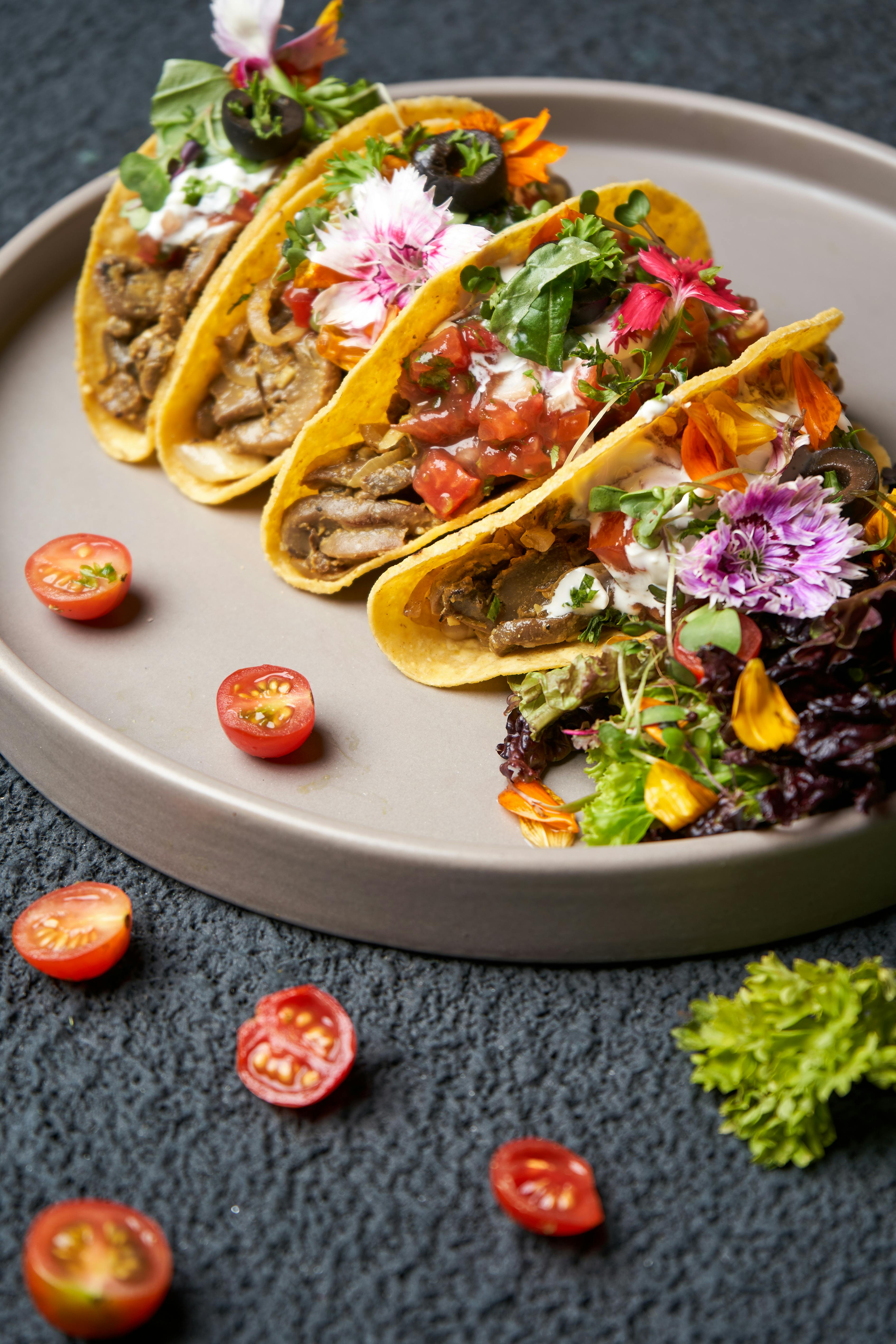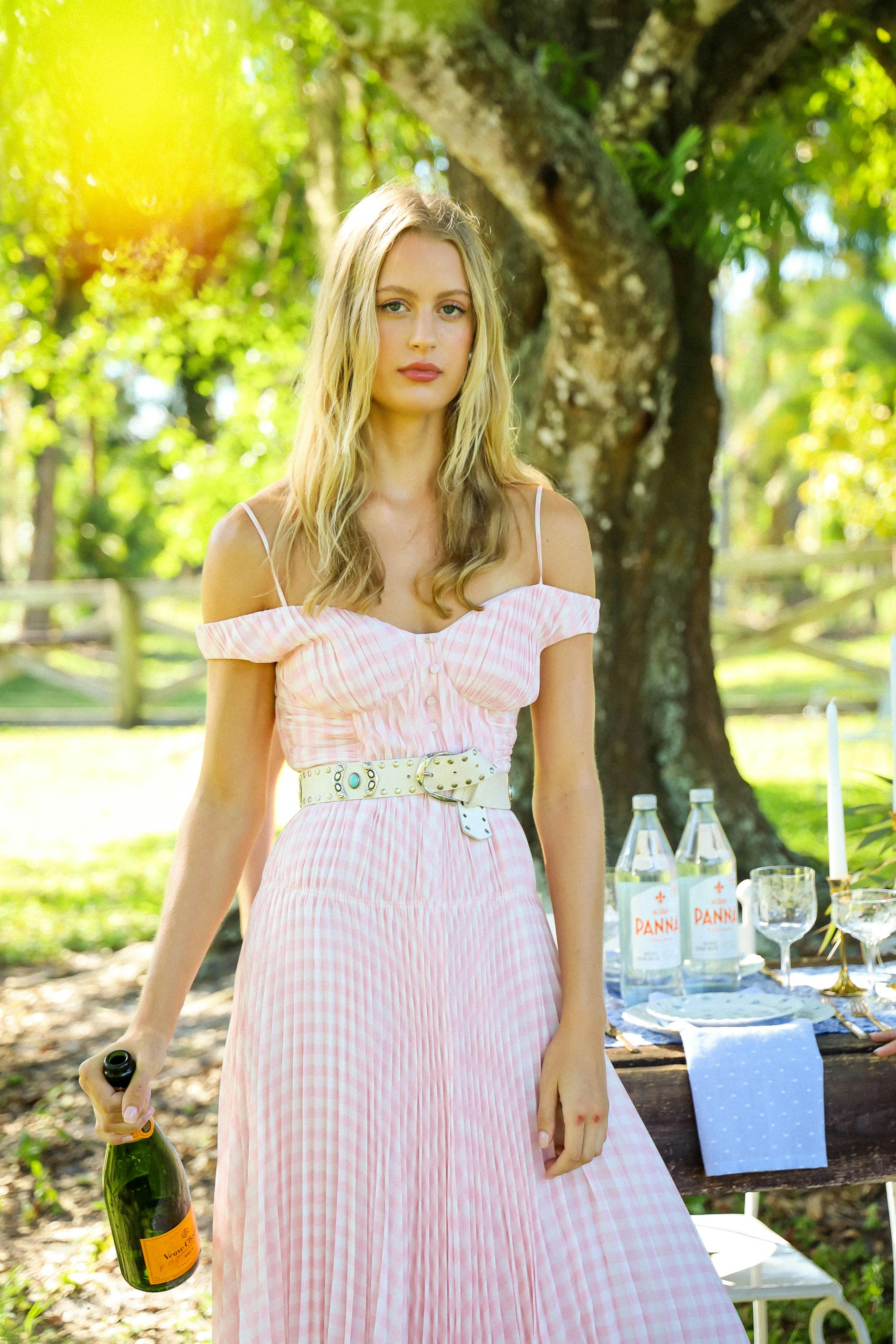Have you ever wondered about the proper way to serve wine? Whether you’re hosting a dinner party or simply enjoying a glass at home, understanding the etiquette of serving wine can elevate your experience. From choosing the right glass to the ideal temperature, this article explores the essential steps to serve wine with finesse and enhance your enjoyment of this timeless beverage. So, let’s raise a glass and discover the secrets to serving wine like a true connoisseur. When it comes to serving wine, there are several key factors to consider to ensure you have the best experience possible. From choosing the right glassware to understanding wine pairing, temperature, and storage, there are many elements that play a role in serving wine correctly. In this comprehensive guide, we will explore the proper way to serve wine, step by step.

Choosing the Right Glassware
Selecting the appropriate wine glass is essential for enhancing the aromas and flavors of the wine. Different wine varietals and styles require specific glass shapes to optimize the tasting experience. For instance, red wine glasses typically have wider bowls that allow the wine to breathe and release its complex aromas. On the other hand, white wine glasses have smaller bowls to maintain cooler temperatures and showcase the wine’s acidity.
Understanding the role of wine glass shape is crucial. The shape of the glass directs the wine to specific areas of the mouth, influencing the way we perceive its taste. For example, a narrower glass concentrates the aromas towards the nose, enhancing the wine’s bouquet.
Consider the size of the wine glass as well. The ideal glass size allows for swirling the wine without spilling, providing enough room for the wine to interact with air and release its flavors. Opt for glasses with stems, as they make it easier to hold the glass without warming the wine with your hand.
Opening and Decanting the Wine
Before serving the wine, it is important to remove the foil and the cork properly. Start by removing the foil by cutting or peeling it off. Then, using a wine opener or corkscrew, gently insert the spiral into the center of the cork and twist it until the cork is partially out. Repeat the process until the cork is fully removed.
If the wine needs to be decanted, pour it through a wine decanter slowly to separate the liquid from any sediment. This process is particularly important for older red wines or full-bodied wines that benefit from aeration. Allowing the wine to breathe in a decanter before serving can enhance its flavors and aromas.
Temperature and Storage
Serving wine at the proper temperature is essential to fully appreciate its characteristics. For whites and sparkling wines, they are usually best served chilled. Place them in a refrigerator for a couple of hours or in an ice bucket for a shorter period of time before serving.
Red wines, however, are generally served at slightly cooler room temperature. If the red wine is too warm, it can taste overly alcoholic, while serving it too cold can mask its aromas and flavors. To adjust the temperature, you can refrigerate the red wine for about 15-20 minutes before serving or place it in a decanter to allow it to gradually reach the desired temperature.
Properly storing wine bottles is crucial for preserving their quality. Store wine bottles horizontally to keep the cork moist and prevent it from drying out. Maintain a stable temperature between 50-60°F (10-15°C) to avoid oxidation, and keep the bottles away from light and vibrations to prevent spoilage.
Serving Wine in the Right Order
Understanding the concept of wine pairing is fundamental when it comes to serving wine in the right order. Start by serving white wines before red wines. White wines are generally lighter and have crisper acidity, making them better suited as an aperitif or to accompany lighter dishes.
Next, serve lighter wines before heavier wines. This helps prevent overpowering the palate with bold flavors and allows for a gradual progression in taste. For example, if you plan to serve a light-bodied Pinot Noir followed by a full-bodied Cabernet Sauvignon, the lighter wine should be served first to fully appreciate its nuances before moving on to a more robust wine.
Consider the sweetness of the wines as well. Sweeter wines, such as dessert wines, should be served towards the end of the meal or as a dessert accompaniment. This helps avoid overwhelming the palate with sweetness before tasting the other dishes.

Pouring and Serving Techniques
When pouring wine, it is important to hold the wine bottle and glass correctly. Hold the wine bottle by the base, avoiding touching the neck to prevent warming the wine with your hand. Hold the wine glass by the stem or base to maintain the desired temperature and prevent fingerprints on the bowl.
Pour the wine slowly and gracefully, tilting the glass slightly to avoid splashing or overpouring. This helps aerate the wine as it flows into the glass, enhancing its flavors and aromas. Do not fill the glass to the brim, leaving enough space for the wine to swirl and release its aromas.
To avoid overpouring, practice controlling the amount of wine being poured. It is better to pour less initially and offer refills if desired, rather than overfilling the glass from the start. This allows for easier handling of the glass and prevents spills.
Consider serving wine with a wine serving tray to make the presentation and serving process smoother. A well-balanced tray helps distribute the weight of the glasses evenly, making it easier to carry and serve multiple glasses at once.
Presenting and Serving Wine at Parties
For parties or gatherings where multiple wine options are available, it is important to prepare a wine serving station. Set up a designated area with ample space for wine bottles, glasses, and accessories. This allows guests to easily access the wine and serve themselves without causing congestion.
Labeling the wine bottles can be beneficial, especially if there are various varietals or vintages being served. Place wine bottle tags or labels around the necks of the bottles to provide information about the wine, such as its name, region, and year. This helps guests make informed choices and encourages conversation about the wines.
Using wine glass markers or charms can help guests distinguish their individual glassware throughout the event. These markers can be attached to the stem or base of the glass, providing a personal touch and avoiding mix-ups or confusion.
Offering different wine options ensures that there is something for everyone’s taste preferences. Include a variety of reds, whites, and perhaps a sparkling or rosé option. Consider the occasion and the food being served to make the selection more diverse and appealing.

Wine Etiquette and Serving Etiquette
When serving wine, it is customary to offer the host or guest of honor the first pour. This shows respect and acknowledges their role in the gathering. Offering the host the opportunity to taste the wine first also allows them to ensure its quality and suitability for the occasion.
Serving wine from the right side is considered proper etiquette. Stand on the right side of the guest and serve from their right, holding the bottle with your right hand. This avoids crossing over their personal space and maintains a comfortable atmosphere.
Avoid touching the rim of the glass when pouring or serving wine. Fingerprints on the glass can detract from its presentation and affect the overall experience. Hold the glass by the stem or base to maintain its cleanliness and preserve the wine’s temperature.
Accidents happen, and if a spill occurs, handle it gracefully. Offer assistance in cleaning up the spill, whether it is on the tablecloth, the floor, or someone’s clothing. Keep calm and react promptly to minimize any inconvenience caused by the spill.
Wine Service for Special Occasions
Champagne service and pouring require special attention. When opening a bottle of champagne, ensure it is chilled and hold the cork firmly while gently twisting the bottle. This prevents the cork from flying off uncontrollably. Aim to open the bottle quietly, without loud popping noises that may startle or disrupt the ambiance.
To preserve any remaining sparkling wine, use a champagne stopper or bottle closure specifically designed for bubbly beverages. This helps maintain the carbonation and freshness of the wine for a longer period, allowing you to enjoy it at a later time.
Dessert wines and fortified wines, such as ports or sherries, should be served in smaller quantities due to their higher alcohol content and sweeter flavor profiles. Offer smaller glasses or serve these wines in specialized dessert wine glasses to enhance the tasting experience.
Caring for Opened Bottles
If there is wine left in a bottle, it is important to recork and store unfinished wines properly to maintain their quality. Insert the cork back into the bottle securely, ensuring a tight seal. Store the recorked bottle in a cool and dark place or, if available, use a wine preserver or vacuum pump to remove as much air as possible from the bottle before recorking.
Different wines have varying lifespans once opened. Typically, white wines and rosés should be consumed within a few days to a week, while red wines can last a bit longer, ranging from a week to two weeks. Fortified wines or dessert wines, due to their higher sugar and alcohol content, may last even longer, usually up to a month.
Serving Wine with Food
When it comes to serving wine with food, understanding wine and food pairing is key. The right wine can enhance the flavors of the dish and elevate the overall dining experience. Consider the flavors, intensity, and textures of the food when selecting a wine to complement the dish.
Select wines that complement the dish rather than overpowering it. For example, a light-bodied white wine pairs well with delicate seafood or fresh salads, while a robust red wine pairs better with grilled meats or hearty pasta dishes. Experiment with different pairings to discover the combinations that work best for your taste preferences.
Serving the right wine temperature with food is crucial. It can enhance the flavors and balance the components of the dish. Lighter dishes often pair well with chilled white wines, while heartier or spicier dishes may benefit from the slight warmth of a red wine.
Pairing cheese and charcuterie boards with wine is a classic and enjoyable combination. The variety of flavors and textures found in cheeses and cured meats provide endless opportunities for different wine pairings. Match the intensity of the cheese or charcuterie with the body of the wine to create harmonious flavor combinations.
Now that you have a comprehensive guide to serving wine, you can confidently host your next gathering or enjoy a special bottle with friends. Remember to consider the glassware, opening and decanting techniques, temperature and storage guidelines, serving order, pouring and serving techniques, party presentation, etiquette, caring for opened bottles, and wine and food pairings. Cheers to a delightful wine experience!

Franco Deville, an esteemed wine connoisseur and author, is the visionary behind “Wines of Madeira.” His extensive background in viticulture and wine tasting enriches his detailed guide on Madeira wines. Franco’s dedication to traditional winemaking and innovative approaches has established him as an influential voice in the wine community.

